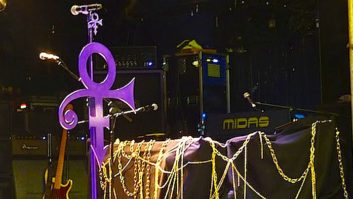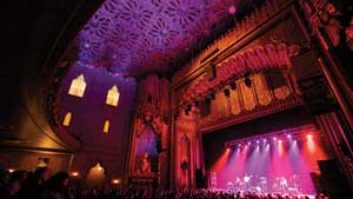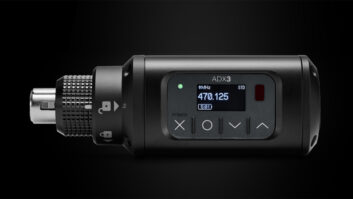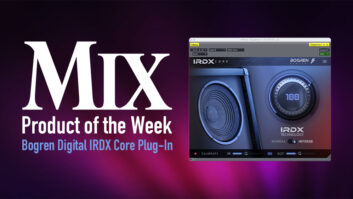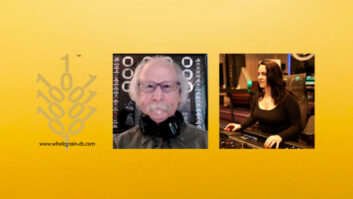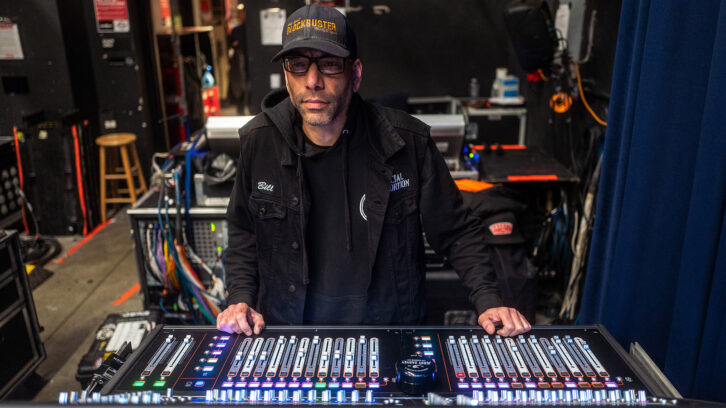
Los Angeles, CA (January 30, 2023)—Social Distortion has always had an analog kind of sound—punk with everything from rockabilly to Americana thrown in—but for the Mike Ness-led band, it’s more than a vibe; it’s an ethos. Back in 2010, the group talked to Mix about tracking on tape even as it mixed on Pro Tools. That mindset extended to the road as well, and it’s only in the last year that digital has become part of the band’s live package.
“The band is set up for all rock & roll—no computers, not even any wireless except for their in-ears, which are kind of recent,” says Bill Black, Social Distortion’s monitor engineer, who says that he “inherited” the band’s analog gear when he came aboard. “I was cool with it. It’s the nature of the band and I love analog’s sound.”
However, Black, who is also a staffer at RAT Sound, brought along a DiGiCo SD12 96 and an SD-Rack for Social Distortion’s November to January run, provided by the tour’s SR provider, Eighth Day Sound/Clair Global, and it’ll be there as the band heads to Australia and New Zealand in February, co-headlining with Bad Religion.
The relatively recent addition of in-ears—JH Audio IEMs used in conjunction with a Shure PSM 1000 wireless system—have helped the band’s onstage monitoring but have changed its aural environment, attenuating the excitement of the crowd noise onstage. To compensate, Black assigns particular ambient microphones into Ness’ and other band members’ in-ears, using the SD12’s routing and snapshots to give them a specific tonality for each song.
“I have one bank for Mike and I can give him the crunch and sustain he wants to hear onstage as an insert in his monitor channel, along with some great room sound,” says Black. In particular, he says, the DiGiTube emulator on the Channel Setup panel, which allows for the emulation of the non-linearities of a tube guitar amplifier, has been helpful. “I got into this about halfway through the tour and it’s changed my whole approach,” he says. “I can put those on the guitar and bass channels and color the sound any way they want it. We’re doing big rooms and smaller rooms, plus some outdoor shows, but I can give them the analog sound they want in the monitors consistently in any environment.”

